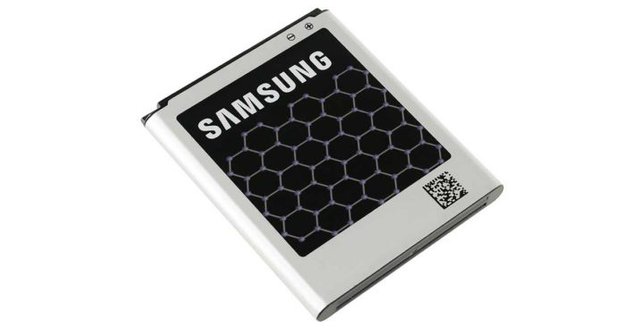Samsung works on graphene batteries: 4,500 mAh and charge in 12 minutes

There are constantly innovations related to the technology used by batteries. Samsung is one of the most important manufacturers in the world at the battery level, and therefore it is not surprising that it is also one of the most advanced. Together with LG and Toyota, Samsung will lead the arrival of these new solid-state batteries. While in the next few years it seems almost certain that the transition from lithium to sodium with solid-state batteries will take place, graphene continues to make a very interesting promise for the future in this field.
Samsung graphene batteries: 45% more capacity and a charge 5 times faster
And it is that the Samsung Advanced Institute of Technology (SAIT), one of the branches of investigation of Samsung Electronics, has managed to synthesize "balls" of graphene that can be used to create lithium-ion batteries that last longer and charge faster than current batteries, as the company has stated. This branch of Samsung is also behind the manufacture of materials that use Samsung QLED televisions, and that are free of cadmium.
In particular, the use of graphene with this new method would increase the capacity of batteries by 45% and increase the loading speed by five times. All this keeping the same size as the current ones. Thus, we could find a battery in a high-end mobile of 4,500 mAh that could be fully charged in just 12 minutes.
This material would also improve the stability and resistance of the batteries, being able to maintain a temperature of up to 60 degrees, which usually demand electric cars. In the tests carried out, it was possible to maintain a capacity of 78.6% after 500 complete loading and unloading cycles. Despite being a somewhat lower retention than current batteries, the remaining energy after these cycles is much greater than what a battery of the same size offers today.
They have already patented the design
The production process of these batteries requires the use of SiO2, or silicon oxide. Thanks to this, graphene can be synthesized as a three-dimensional structure similar to a popcorn. From there, graphene balls can be used as material for the anode and cathode of lithium ion batteries.

This technology has been quickly patented by Samsung in South Korea and the United States. The industry works against the clock to create a technology that replaces the lithium ion, which has been used since it was first marketed in 1991, and has become the industry standard. Graphene, among its many properties, has a conductivity that is faster than that of silicon.